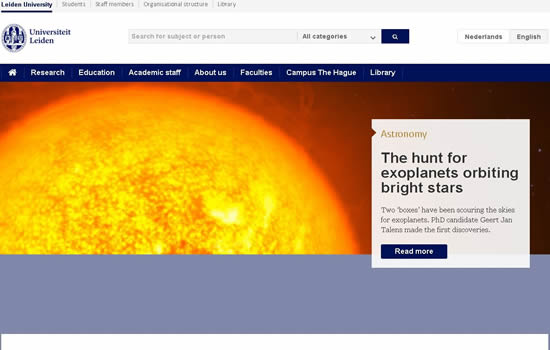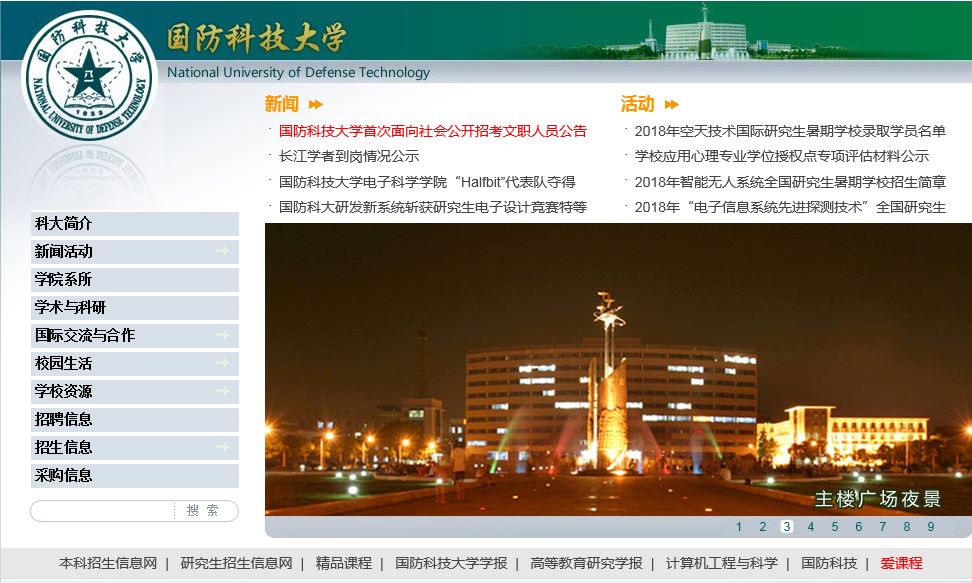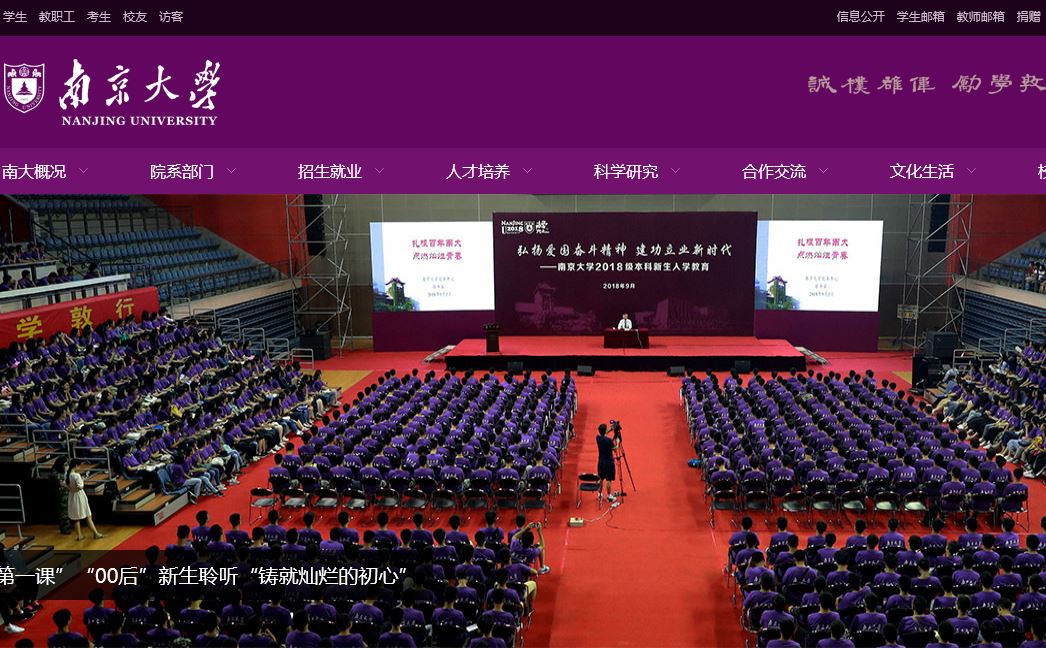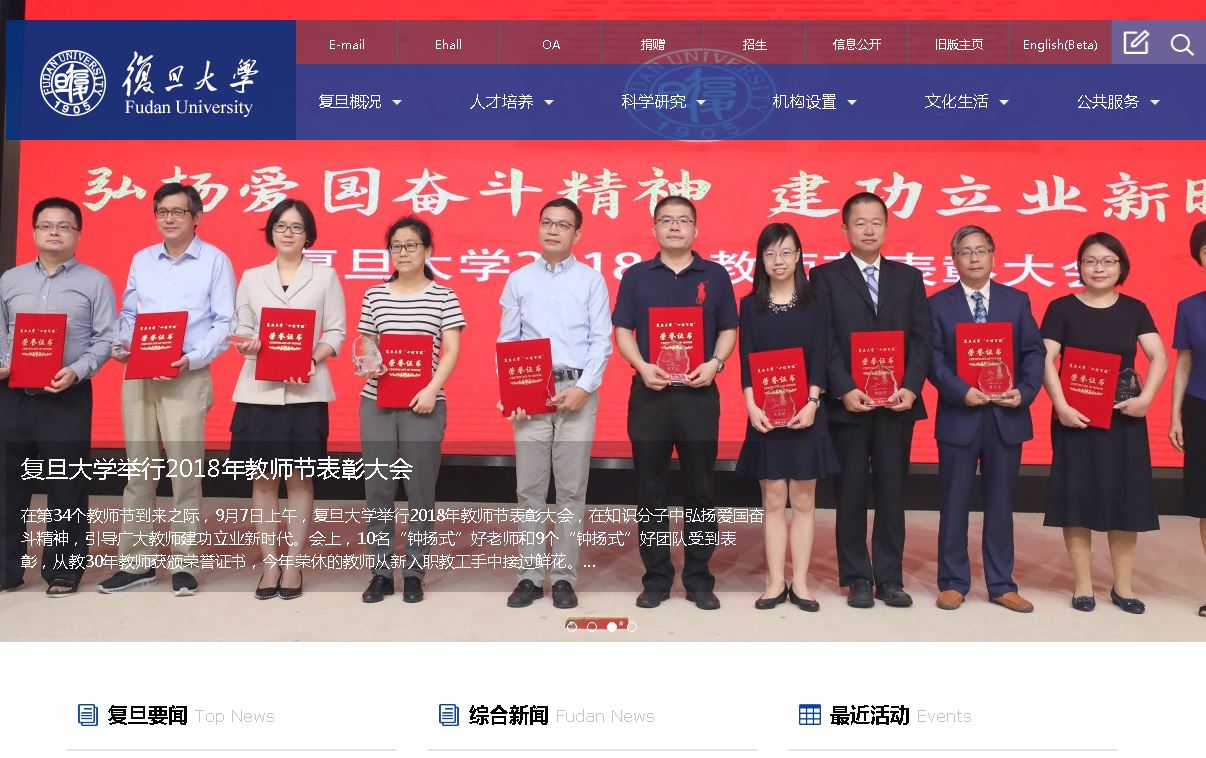选择热点
 荷兰莱顿大学
荷兰莱顿大学 西班牙巴塞罗那大学
西班牙巴塞罗那大学 巴西圣保罗大学 University of Sao Paulo, Brazil
巴西圣保罗大学 University of Sao Paulo, Brazil 台湾南华大学 University of South China in Taiwan
台湾南华大学 University of South China in Taiwan 科技大学 National University of Defense Technology
科技大学 National University of Defense Technology 南京大学 Nanjing University
南京大学 Nanjing University 上海复旦大学 Fudan University
上海复旦大学 Fudan University 泗水大学(Ubaya)
泗水大学(Ubaya) 印尼大学 universitas indonesia
印尼大学 universitas indonesia 越南某大学 Vietnam National University
越南某大学 Vietnam National University 菲律宾大学 University Of The Philippines
菲律宾大学 University Of The Philippines
能源市场2050年的8大预测
发布时间:2025-01-06
来源:大学网站
1Total energy consumption rises by almost 50 per cent over the next 30 years.
This is driven by economic growth (of 3 per cent a year globally) and an expected 2bn rise in population over the period.
Most of the growth in demand comes in countries, led by China and India, outside the OECD club of mostly rich nations.
未来30年期间,能源消费总量将增长近50%。
其驱动因素是经济增长(基于全球每年增长3%)和同期预计人口增长20亿。
大部分需求增长来源于以中国和印度为首的国家,而非以富国为主的经合组织(OECD)国家。
2Renewable energy supplies grow rapidly.
Taken together, they will make up the largest share of total global energy supply by 2050, outstripping the other sources individually.
可再生能源供应迅速增长。
到2050年,可再生能源将占全球能源供应总量的最大份额,超过其他单项能源。
3Demand for hydrocarbons also continues to grow, however.
In 30 years’ time almost 70 per cent of total energy supplies will still be accounted for by oil, natural gas and coal collectively, against almost 30 per cent from renewables.
然而,对碳氢化合物的需求也在继续增长。
30年后,近70%的能源供应总量仍将来自石油、天然气和煤炭,而可再生能源占近30%。
4Oil demand rises to more than 105m barrels a day.
Refined petroleum and other liquid fuels will continue to supply more than 80 per cent of the energy needed for transportation throughout the period.
Although the number of electric vehicles rises from some 6m today to more than 430m by 2050, total light vehicles increase from around 1.
1bn today to 2.
4bn, with most running on petrol.
With the growth in freight transportation and air flights, that will outweigh the impact of both electrification and gains in vehicle efficiency.
石油需求上升至每天逾1.
05亿桶。
在此期间,精炼石油和其他液体燃料将继续提供运输所需能源的80%以上。
虽然电动汽车的保有量将从目前的约600万辆增至2050年的逾4.
3亿辆,但轻型汽车的总保有量将从当前的约11亿辆增至24亿辆,其中大部分以汽油驱动。
加上货运和民航航班增长,那将超出电气化和提高车辆效率带来的影响。
5Oil prices grow to $100 a barrel in real 2018 money by 2050.
But even at $185, oil would still see strong demand growth.
到2050年,油价将上涨至每桶100美元(按2018年实际价格计算)。
但即便卖到每桶185美元,石油仍将面临强劲需求增长。
6Most of the demand growth comes from industry.
It is seen especially in the energy-intensive manufacturing of such products as chemicals, food and iron and steel.
Again, this is led by activity in China and India.
大部分需求增长来自工业,尤其是化工、食品、钢铁等能源密集型产品的制造过程。
中国和印度仍是这方面活动的领头羊。
7Coal remains the largest single source of energy for industry globally.
Even in 2050 it accounts for a quarter of all energy consumption.
India’s use of coal is set to soar from 1.
1bn short tons (equivalent to 2,000lb) a year to 2.
9bn.
煤炭仍然是全球工业消耗的最大单一能源。
即便到2050年,它也将占能源消耗总量的四分之一。
印度的煤炭使用量将从每年11亿短吨(相当于2000磅)飙升至29亿短吨。
8Coal-related carbon dioxide emissions grow by around 0.
4 per cent a year.
This is better than from 1990 to 2018 when they grew by 2.
1 per cent a year, but still sufficient to bring the world to the point at which global warming of some 2C is unavoidable, according to the scientific evidence.
与煤炭相关的二氧化碳排放量每年增长约0.
4%。
这比1990年至2018年期间每年增长2.
1%要好,但科学证据显示,这仍足以把世界带到全球升温幅度难免达到2摄氏度的境地。
【能源市场2050年的8大预测查看网站:[db:时间]】
This is driven by economic growth (of 3 per cent a year globally) and an expected 2bn rise in population over the period.
Most of the growth in demand comes in countries, led by China and India, outside the OECD club of mostly rich nations.
未来30年期间,能源消费总量将增长近50%。
其驱动因素是经济增长(基于全球每年增长3%)和同期预计人口增长20亿。
大部分需求增长来源于以中国和印度为首的国家,而非以富国为主的经合组织(OECD)国家。
2Renewable energy supplies grow rapidly.
Taken together, they will make up the largest share of total global energy supply by 2050, outstripping the other sources individually.
可再生能源供应迅速增长。
到2050年,可再生能源将占全球能源供应总量的最大份额,超过其他单项能源。
3Demand for hydrocarbons also continues to grow, however.
In 30 years’ time almost 70 per cent of total energy supplies will still be accounted for by oil, natural gas and coal collectively, against almost 30 per cent from renewables.
然而,对碳氢化合物的需求也在继续增长。
30年后,近70%的能源供应总量仍将来自石油、天然气和煤炭,而可再生能源占近30%。
4Oil demand rises to more than 105m barrels a day.
Refined petroleum and other liquid fuels will continue to supply more than 80 per cent of the energy needed for transportation throughout the period.
Although the number of electric vehicles rises from some 6m today to more than 430m by 2050, total light vehicles increase from around 1.
1bn today to 2.
4bn, with most running on petrol.
With the growth in freight transportation and air flights, that will outweigh the impact of both electrification and gains in vehicle efficiency.
石油需求上升至每天逾1.
05亿桶。
在此期间,精炼石油和其他液体燃料将继续提供运输所需能源的80%以上。
虽然电动汽车的保有量将从目前的约600万辆增至2050年的逾4.
3亿辆,但轻型汽车的总保有量将从当前的约11亿辆增至24亿辆,其中大部分以汽油驱动。
加上货运和民航航班增长,那将超出电气化和提高车辆效率带来的影响。
5Oil prices grow to $100 a barrel in real 2018 money by 2050.
But even at $185, oil would still see strong demand growth.
到2050年,油价将上涨至每桶100美元(按2018年实际价格计算)。
但即便卖到每桶185美元,石油仍将面临强劲需求增长。
6Most of the demand growth comes from industry.
It is seen especially in the energy-intensive manufacturing of such products as chemicals, food and iron and steel.
Again, this is led by activity in China and India.
大部分需求增长来自工业,尤其是化工、食品、钢铁等能源密集型产品的制造过程。
中国和印度仍是这方面活动的领头羊。
7Coal remains the largest single source of energy for industry globally.
Even in 2050 it accounts for a quarter of all energy consumption.
India’s use of coal is set to soar from 1.
1bn short tons (equivalent to 2,000lb) a year to 2.
9bn.
煤炭仍然是全球工业消耗的最大单一能源。
即便到2050年,它也将占能源消耗总量的四分之一。
印度的煤炭使用量将从每年11亿短吨(相当于2000磅)飙升至29亿短吨。
8Coal-related carbon dioxide emissions grow by around 0.
4 per cent a year.
This is better than from 1990 to 2018 when they grew by 2.
1 per cent a year, but still sufficient to bring the world to the point at which global warming of some 2C is unavoidable, according to the scientific evidence.
与煤炭相关的二氧化碳排放量每年增长约0.
4%。
这比1990年至2018年期间每年增长2.
1%要好,但科学证据显示,这仍足以把世界带到全球升温幅度难免达到2摄氏度的境地。
【能源市场2050年的8大预测查看网站:[db:时间]】
相关阅读
目录列表
资讯列表
英语资讯


共0条评论
网友评论温馨提示:您的评论需要经过审核才能显示,请文明发言!